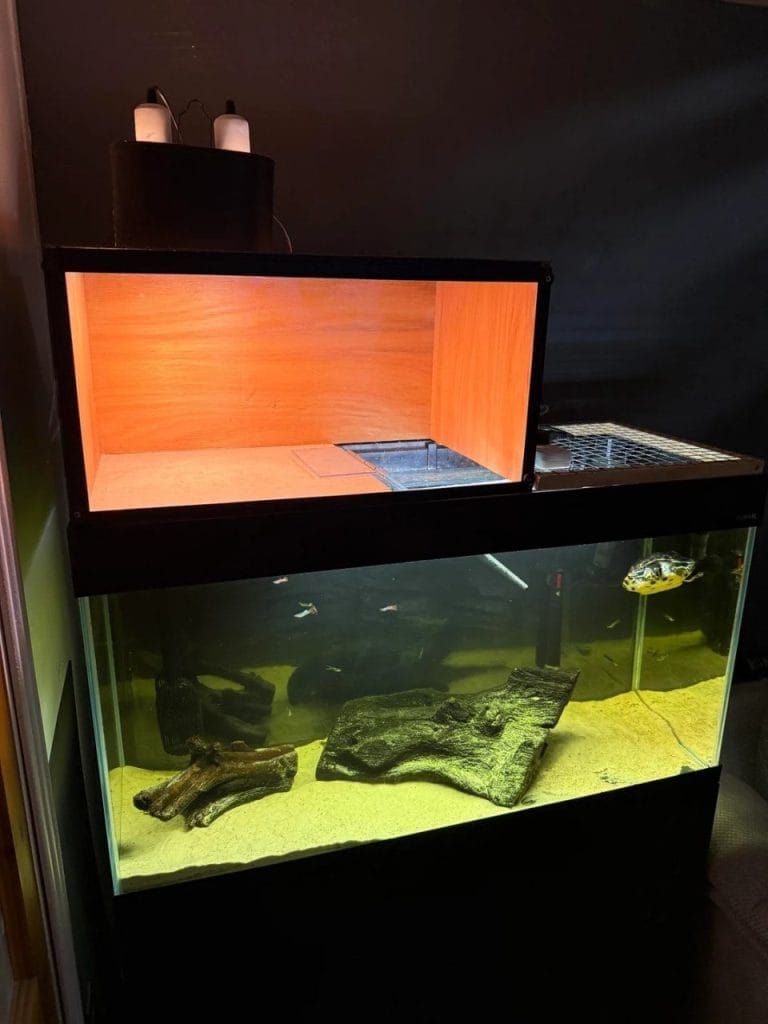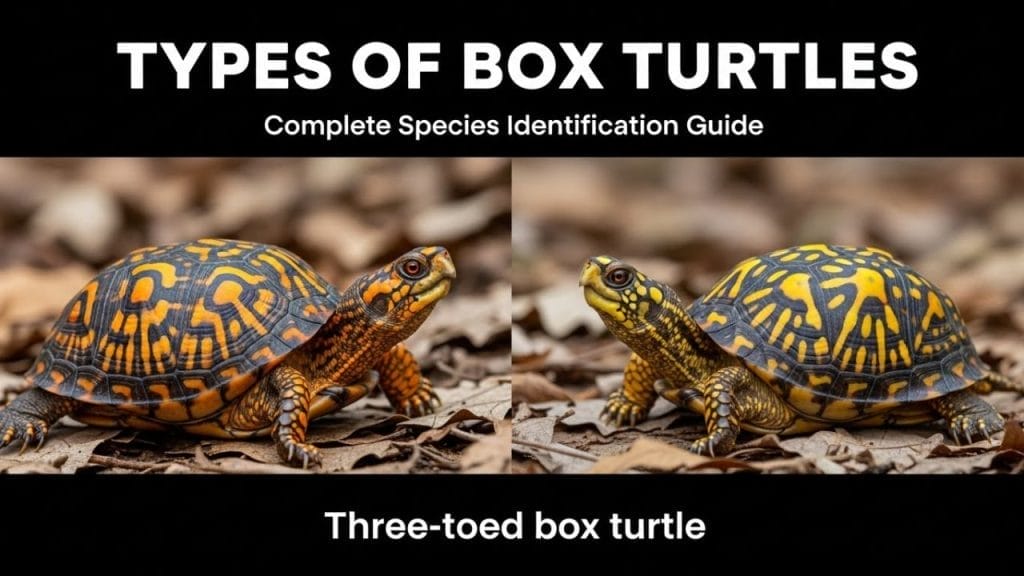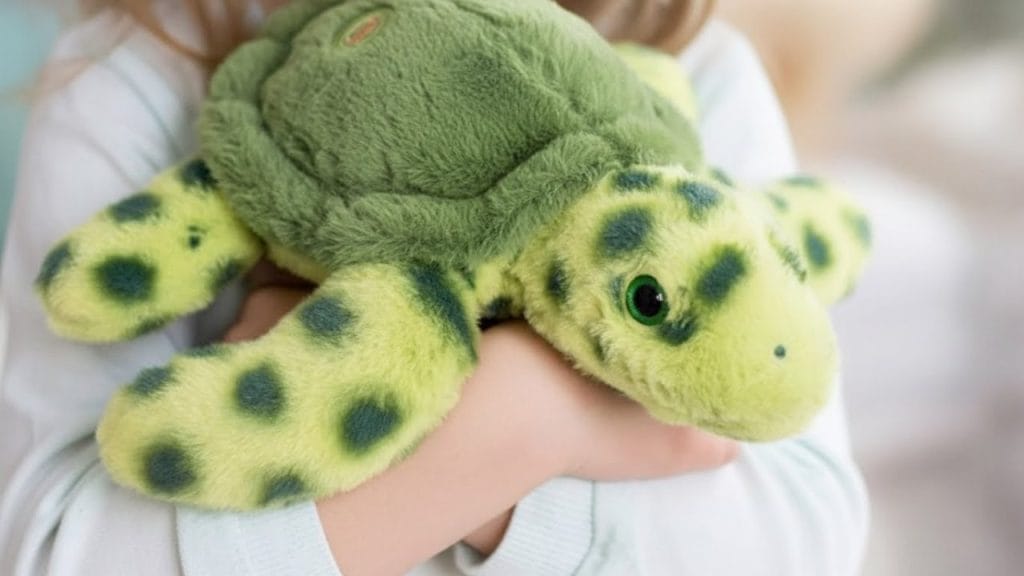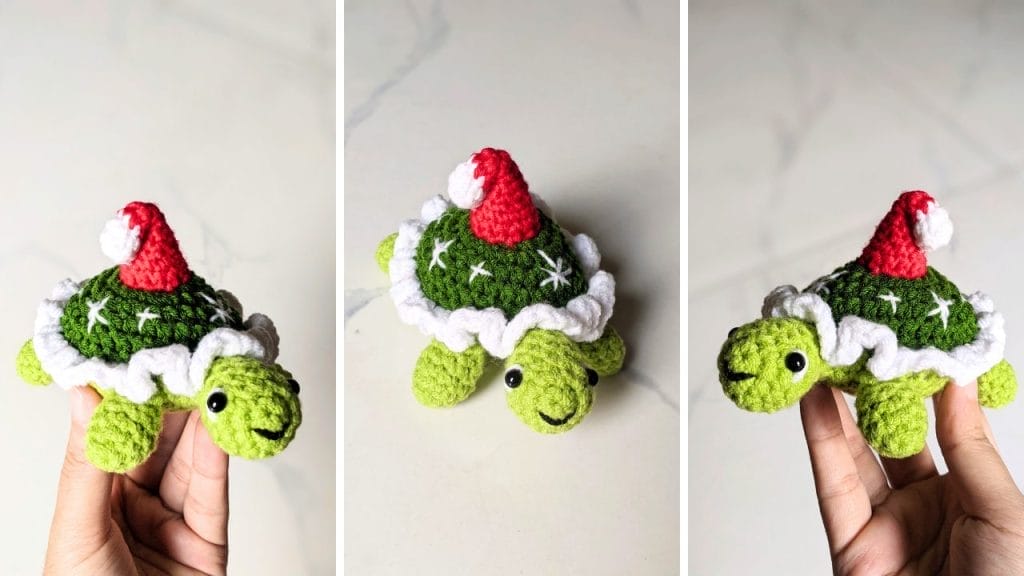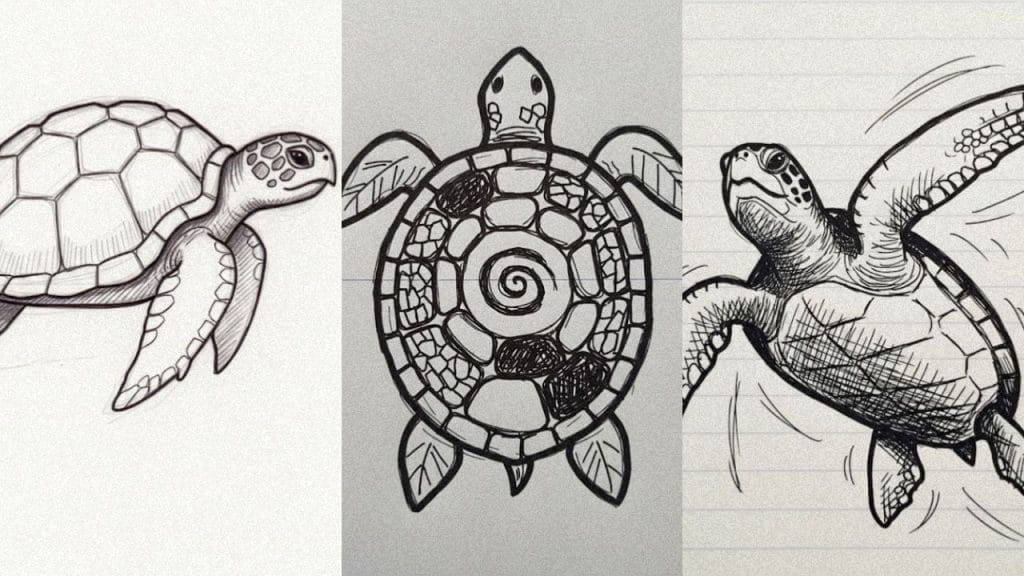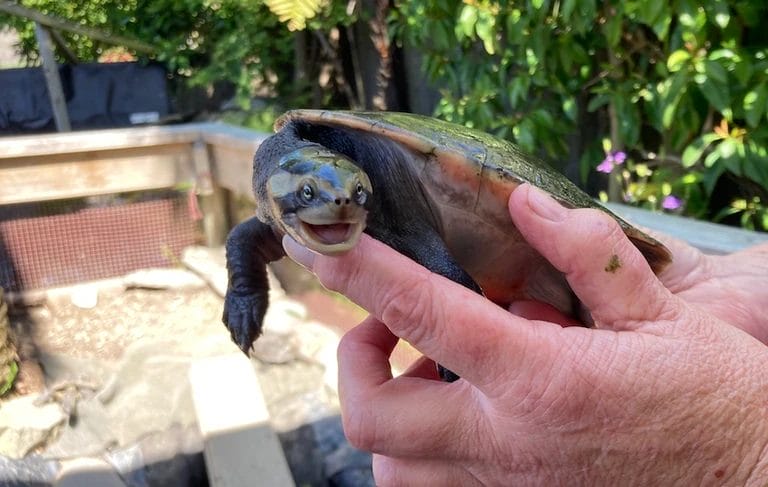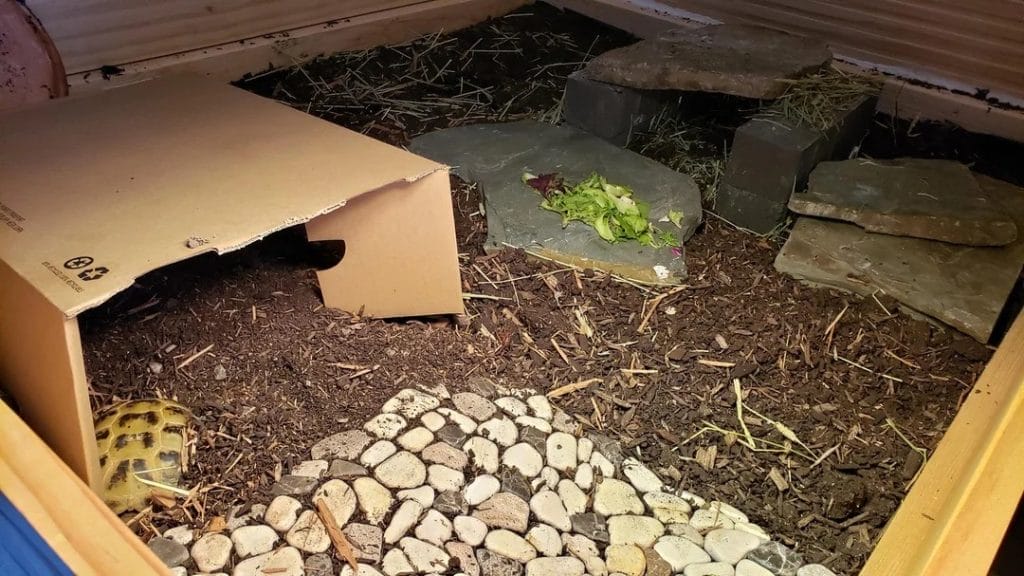The Truth About Live Plants in Turtle Tanks — What Pet Stores Won’t Tell You
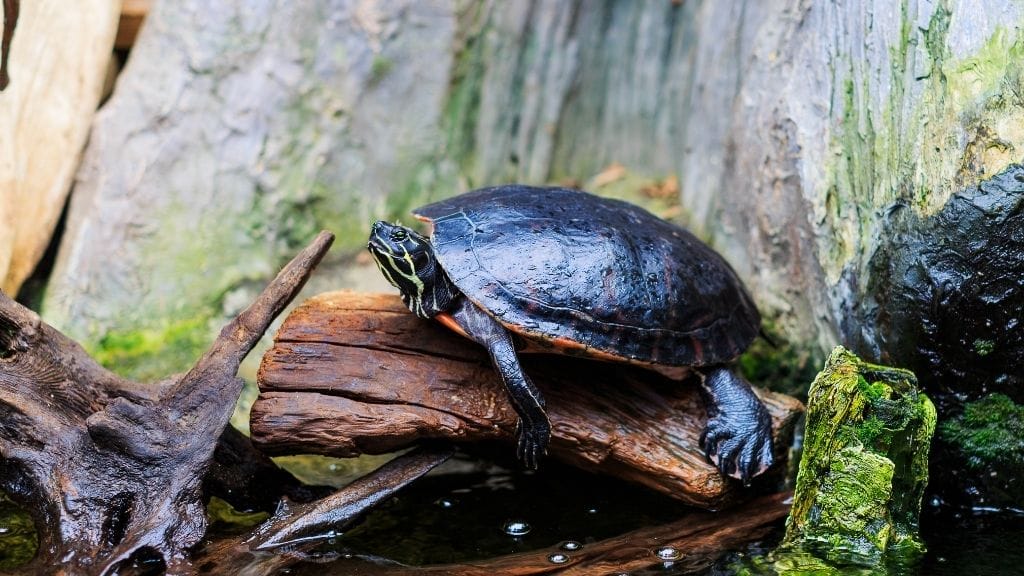
This post was created with help from AI tools and carefully reviewed by a human (Muntaseer Rahman). For more on how we use AI on this site, check out our Editorial Policy.
Let’s be real: trying to keep a turtle tank looking good is already a challenge. So when I heard people were adding live plants into the mix, I thought they were crazy — or lying.
But then I tried it… and what happened next completely changed my setup (and my turtle’s behavior).
Do Turtles and Live Plants Really Get Along?
Not really. And I say that as someone who wanted them to get along.
Turtles aren’t gentle creatures when it comes to their space. They bulldoze through stuff. If they’re not hungry, they’re curious. If they’re not curious, they’re bored. And guess what takes the hit every time? Your poor, leafy plants.
Even if the plant is non-toxic and turtle-safe, your turtle doesn’t care. It’ll chew on the leaves, rip them out for fun, or dig around the base just because it can. Plants that were doing great in fish tanks just don’t stand a chance in a turtle tank.
Some keepers say “oh my turtle ignores plants.” Yeah, maybe. For now. Wait till it hits a growth spurt or gets bored during basking break. Then it’s game over for your green friends.
Why Pet Stores Push Live Plants Anyway
Because it looks pretty and it sells more stuff. Simple as that.
When you walk into a pet store and see a planted tank with a baby turtle swimming through a jungle of green—your brain lights up. It feels like the dream setup. Peaceful, clean, beautiful.
And that’s what they want you to see. Not the reality of cleaning shredded leaves out of your filter every week. Not the constant replanting. Not the rotting stems fouling up your water and stressing your turtle.
Pet stores make money off that dream. Each plant is another sale. They rarely ask what species of turtle you have. They don’t explain that most turtles will turn that lush tank into a battlefield. They don’t mention you’ll be back next week buying more plants to replace the ones your turtle destroyed.
They sell the vibe. Not the truth.
Before adding plants, make sure your basic tank setup is solid. Start with how to set up a red-eared slider tank properly.
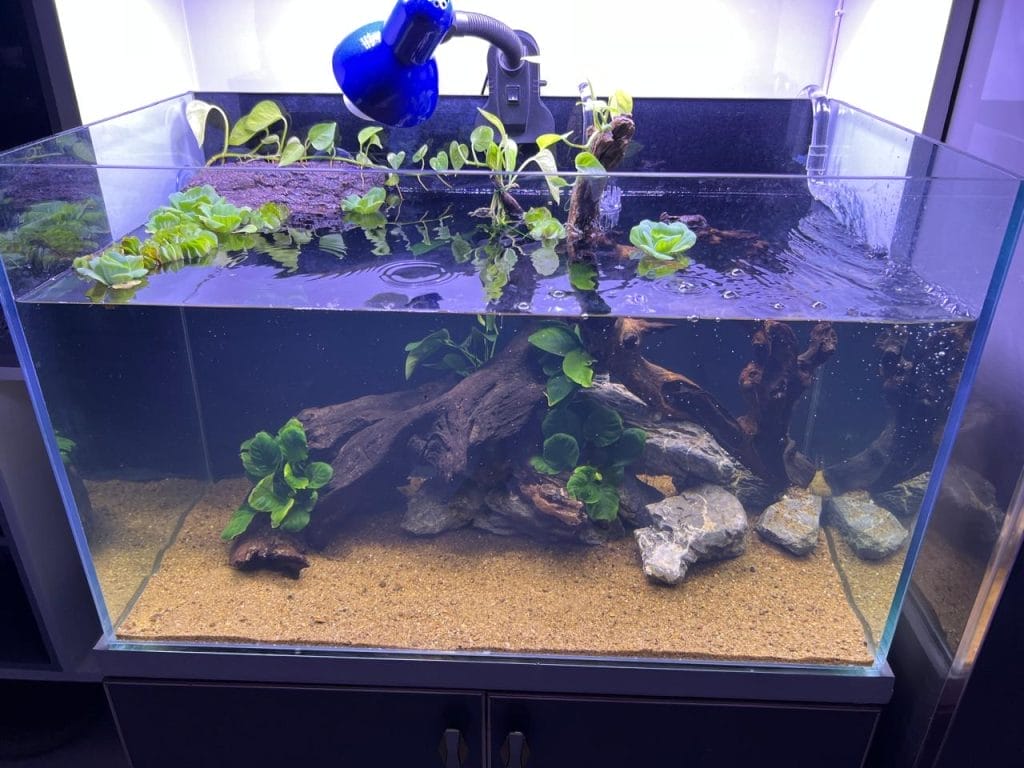
This Hilarious Turtle Book Might Know Your Pet Better Than You Do
Let’s be real—most turtle care guides feel like reading a textbook written by a sleep-deprived zookeeper.
This one’s not that.
Told from the snarky point of view of a grumpy, judgmental turtle, 21 Turtle Truths You’ll Never Read in a Care Guide is packed with sarcasm, sass, and surprisingly useful insights.
And hey—you don’t have to commit to the whole thing just yet.
Grab 2 free truths from the ebook and get a taste of what your turtle really thinks about your setup, your food choices, and that weird plastic palm tree.
It’s funny, it’s honest, and if you’ve ever owned a turtle who glares at you like you’re the problem—you’ll feel seen.
Common Problems With Live Plants in Turtle Tanks
Let’s talk real problems—the ones you’ll face within days:
1. Uprooting:
You plant it deep, cover the base with rocks, even whisper a little prayer. Doesn’t matter. Turtles dig. They love moving stuff around. Your plant won’t stay where you left it.
2. Shredding:
Some turtles take little nibbles. Others go full shredder mode. Even if the plant isn’t tasty, they’ll rip it apart out of boredom. You’ll wake up to floating bits of green like a tossed salad.
3. Clogged filters:
Those floating bits? Yeah, they end up stuck in your filter. It ruins the flow, builds up gunk, and makes your tank harder to clean.
4. Rotten plant mess:
If your turtle doesn’t eat it fast enough, the plant decays. And rotting plants in water = ammonia spike. That can lead to cloudy water, bad smell, and even health issues for your turtle.
Decaying plant matter is actually one of the top reasons turtle tanks start to smell.
5. Algae boost:
Decaying plant matter and extra nutrients in the water are basically a buffet for algae. Your glass, your rocks, even your turtle’s shell might start looking like a moss-covered log.
So while live plants might work for a fish tank, in a turtle tank? They usually cause more trouble than they’re worth.

Plants That Can Actually Survive a Turtle Tank
Not all plants get destroyed instantly. A few hardy survivors can take a beating and still hang in there. But don’t expect miracles.
Here are some tough ones that might stand a chance:
- Anubias – This one’s like the tank of the plant world. Thick leaves. Slow grower. You can tie it to driftwood or rocks instead of planting it in the sand, which helps avoid digging damage.
- Java Fern – Same idea. Hardy, and doesn’t need to be buried. Just strap it onto something and let it chill.
- Hornwort – Fast grower, floats freely, and bounces back fast. Even if your turtle munches on it, it can regrow quickly.
- Water Lettuce / Duckweed / Frogbit – Floating plants are safer since your turtle can’t dig them up. But beware—some turtles love snacking on these like they’re chips.
- Pothos (above water) – This is a sneaky trick. Keep the plant outside the tank, with the roots hanging in the water. It cleans the water and your turtle can’t destroy it.
Are these plants 100% turtle-proof? Nope. But they’ll give you the best shot at having some greenery that doesn’t instantly become turtle food.
How to Protect Live Plants (If You Still Want to Try)
You’re brave. Or maybe just stubborn (I get it—I was too). If you still want live plants in your turtle tank, you’ll need some tricks.
Use pots or containers:
Stick your plants in small terracotta pots or glass jars. This keeps the roots safe and makes it easier to pull them out for cleaning. Plus, turtles can’t dig around them as easily.
Anchor with rocks or driftwood:
If you’re not using pots, bury the roots deep and surround the base with heavy stones. Or tie the plant to a driftwood piece so it floats just above digging level.
This approach works especially well in DIY tub setups where you have more flexibility with placement.
Go vertical with riparian plants:
Skip planting in the water entirely. Use plants like pothos, lucky bamboo, or spider plants. Keep them outside the tank, with only the roots dipped into the water. Turtles can’t reach them, but they still clean the water.
Create a safe zone:
If you’ve got a tank with dividers or levels, block off a small section with mesh or rocks where your turtle can’t reach. That’s your plant sanctuary.
Accept the risk:
Even with all this, your turtle might still find a way to destroy it all. It happens. That’s the reality of living with a walking tank that hates landscaping.
When Fake Plants Might Be a Better Option
If you’re tired of waking up to floating leaves and a turtle doing victory laps, fake plants might save your sanity.
They don’t clean your water. They don’t grow. But they also don’t die, rot, or clog your filter every other day. And that’s a big win.
Go for soft, flexible fake plants made for reptile or aquarium use. Skip the sharp plastic ones—they can scratch your turtle’s shell or eyes. Some even look pretty realistic if you don’t stare too hard.
They won’t stop your turtle from rearranging the tank like it’s HGTV, but at least you won’t have to keep replanting the same poor Anubias every week.
So if you just want a bit of green without the mess? Fake plants = peace.

The Better Alternative: A Bare Bones Turtle Tank?
Let me be honest—some of the best turtle tanks I’ve seen had no plants at all. Just sand, rocks, driftwood, and a turtle with attitude.
It’s cleaner. Easier to maintain. Nothing for your turtle to destroy. And it still looks amazing if you set it up right.
You can make it feel natural with textured rocks, a cool basking platform, and a few well-placed logs. Add in good lighting and crystal-clear water, and your tank will still feel like a slice of nature—just without the constant plant drama.
Going bare bones isn’t boring. It’s peaceful. You spend less time fixing things and more time watching your turtle do its weird little turtle things.
Sometimes, simple just works better.
What I Learned From Trying Live Plants (So You Don’t Have To)
I was all in at first. I bought the best turtle-safe plants, arranged them just right, anchored them with rocks—felt like a tank designer.
By day three, half the plants were floating. By week two, the rest were either chewed up or rotting. My filter started clogging, and the tank smelled like a pond in July. My turtle? Zero regrets.
I tried tougher plants, pots, even riparian setups. Some worked… kind of. But honestly? It felt like babysitting plants while also caring for a bulldozer in a shell.
What I learned? It’s not worth the headache unless you really want that planted look and have the time to mess with it.
Now I go low-tech—sand, rocks, driftwood, done. It’s cleaner, calmer, and my turtle still looks like a king. No regrets this time.

About Author
Muntaseer Rahman started keeping pet turtles back in 2013. He also owns the largest Turtle & Tortoise Facebook community in Bangladesh. These days he is mostly active on Facebook.

